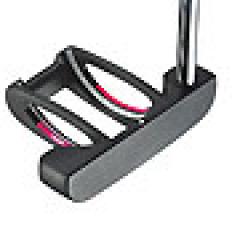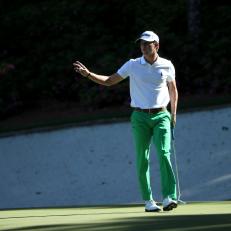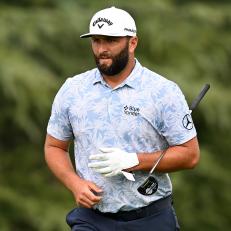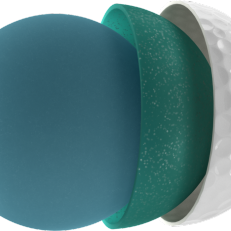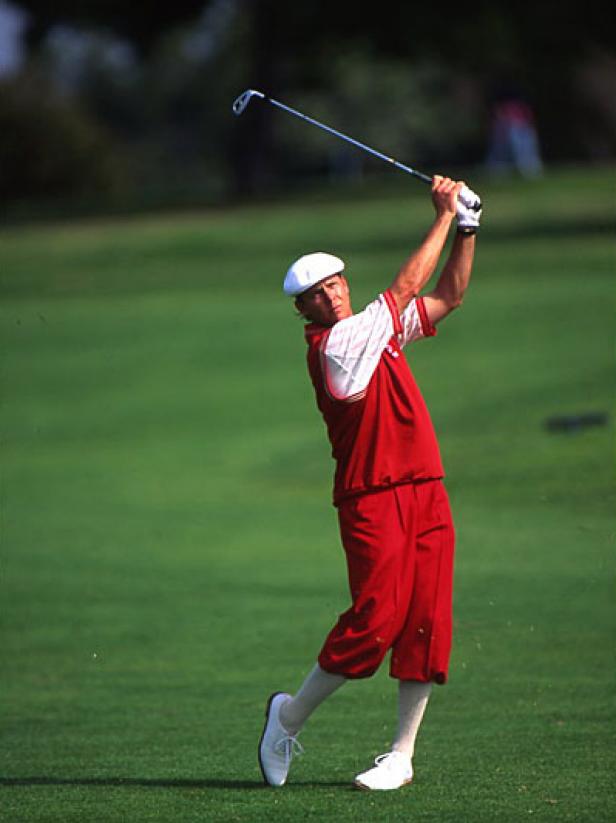
Photo By: Stephen Szurlej
Photo By: Gary Newkirk/Getty Images
Photo By: Stephen Dunn/Getty Images
Photo By: J.D. Cuban/Getty Images
Photo By: J.D. Cuban
Payne Stewart
Stewart had won the PGA and U.S. Open when he left Wilson to sign a $7 million dollar deal with Spalding in 1994. Forced to use game-improvement perimeter weighted irons for the first time—as well as as the two-piece Top Flite ball—Stewart lost much of his distance control and ability to shape shots. He went from sixth on the money list in 1993 to 123rd in 1994. In 1995, Spalding allowed him to switch to a forged blade, and played better. But when he won the 1999 U.S. Open, Stewart didn't have a club contract and was playing a mixed bag that included Mizuno MP-14 irons.
Photo By: Stephen Szurlej
Lee Janzen
Shortly after winning the 1993 U.S. Open, Janzen left Founders Club to sign a two-year, $1 million contract with the Ben Hogan Co. The contract required Janzen to play Hogan's H40 irons—a perimeter weighted cast club that was targeted to average amateurs. Much like Stewart, Janzen immediately lost his game, finishing outside the top 20 in his first 11 tournaments, including four missed cuts. After convincing the Hogan company to let him play the Apex forged blades, he won at Westchester. In 1995, Janzen switched again, to Nicklaus forged blades, and won a career-high three times. He was with TaylorMade when he won the 1998 U.S. Open.
Photo By: Gary Newkirk/Getty Images
Corey Pavin
Photo By: Stephen Dunn/Getty Images
Nick Price
Photo By: J.D. Cuban/Getty Images
Phil Mickelson
Photo By: J.D. Cuban




